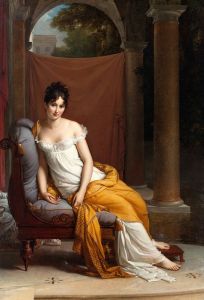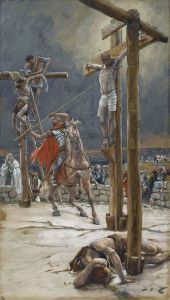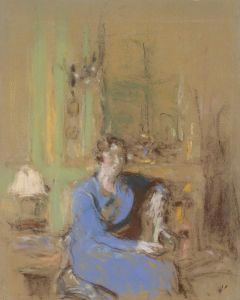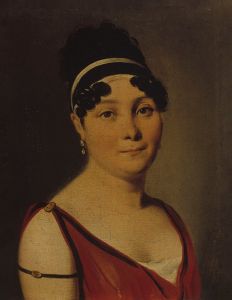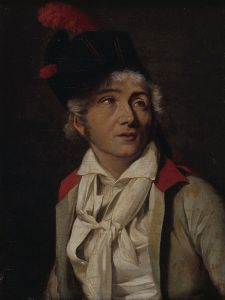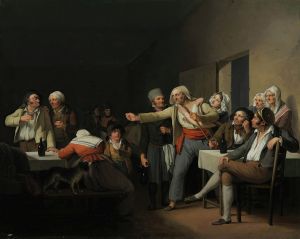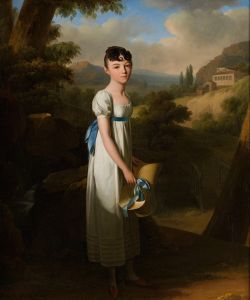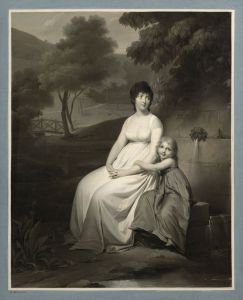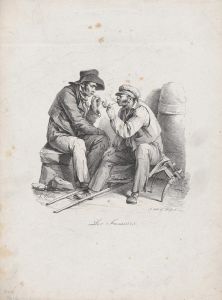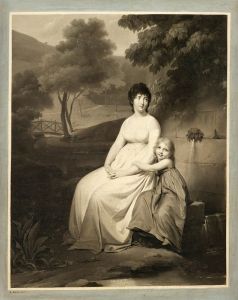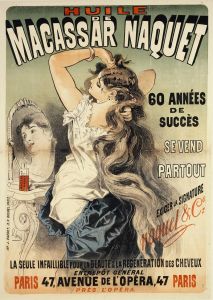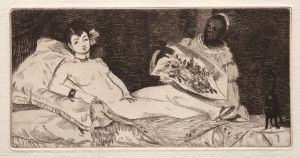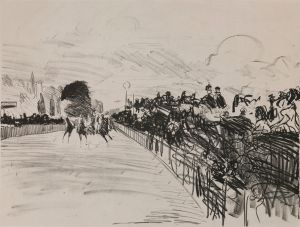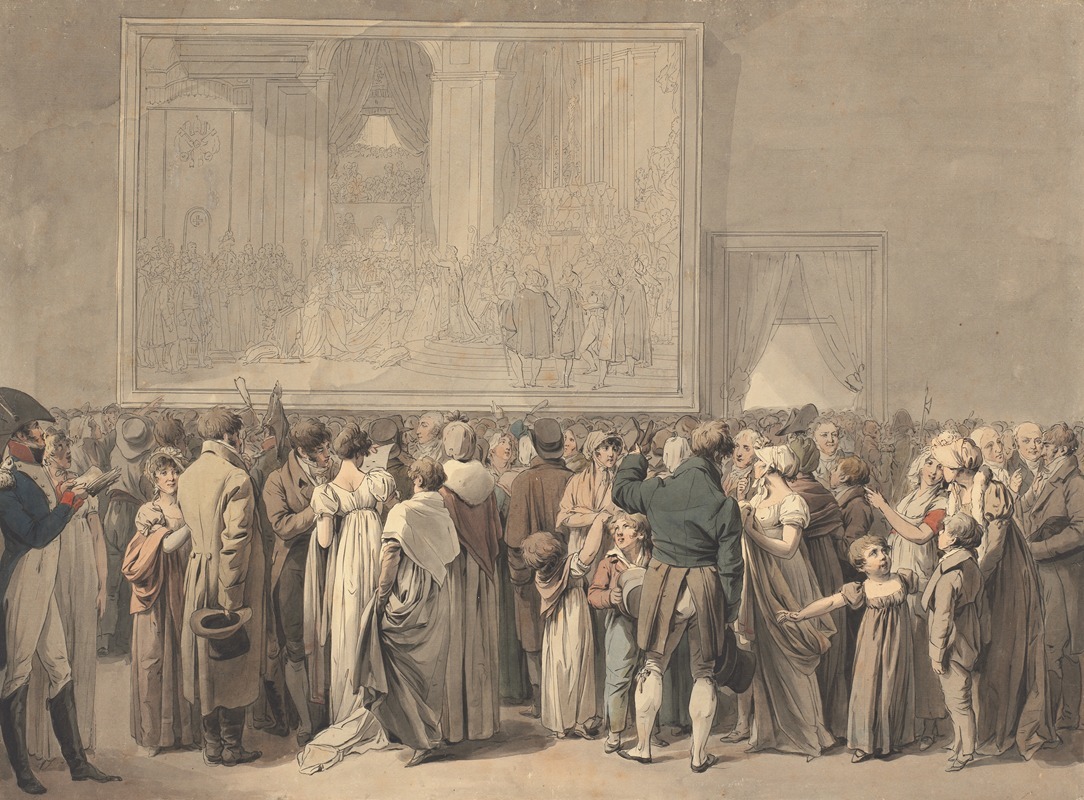
The Public In The Salon Of The Louvre, Viewing The Painting Of The ‘sacre’
A hand-painted replica of Louis Léopold Boilly’s masterpiece The Public In The Salon Of The Louvre, Viewing The Painting Of The ‘sacre’, meticulously crafted by professional artists to capture the true essence of the original. Each piece is created with museum-quality canvas and rare mineral pigments, carefully painted by experienced artists with delicate brushstrokes and rich, layered colors to perfectly recreate the texture of the original artwork. Unlike machine-printed reproductions, this hand-painted version brings the painting to life, infused with the artist’s emotions and skill in every stroke. Whether for personal collection or home decoration, it instantly elevates the artistic atmosphere of any space.
Louis-Léopold Boilly's painting The Public in the Salon of the Louvre, Viewing the Painting of the ‘Sacre’ is a notable work that captures a moment of public engagement with art in the early 19th century. Created by Boilly, a French artist renowned for his detailed genre scenes and depictions of Parisian life, the painting offers a glimpse into the cultural and social atmosphere of post-Revolutionary France.
The artwork portrays a crowd gathered in the Salon Carré of the Louvre Museum, observing Jacques-Louis David's monumental painting The Coronation of Napoleon (also known as Le Sacre de Napoléon). David's painting, completed in 1807, depicts the coronation ceremony of Napoleon Bonaparte as Emperor of the French, which took place on December 2, 1804, at Notre-Dame Cathedral in Paris. Boilly's work, therefore, serves as a meta-commentary on the public's reception of this significant historical and artistic event.
Boilly's painting is celebrated for its meticulous attention to detail and its ability to capture the diversity of individuals present in the scene. The crowd includes men, women, and children from various social classes, reflecting the democratization of art appreciation during this period. The Louvre, which had been transformed into a public museum following the French Revolution, became a symbol of cultural accessibility, and Boilly's depiction underscores this shift.
The composition of the painting emphasizes the interaction between the viewers and the artwork. Boilly skillfully conveys the reactions of the spectators, ranging from awe and admiration to casual conversation. This focus on the audience highlights the evolving role of art as a medium for public engagement and collective experience.
Boilly's work is also notable for its technical precision and use of light. The artist employs a realistic style, with careful rendering of textures, clothing, and architectural details. The interplay of light and shadow adds depth to the scene, drawing attention to both the figures and the artwork they are observing.
While the exact date of Boilly's painting is not definitively known, it is generally associated with the early 19th century, a time when the Louvre was becoming an important cultural institution in France. The painting is often studied as an example of how art can document and reflect societal changes, particularly in the context of the Napoleonic era.
Today, The Public in the Salon of the Louvre, Viewing the Painting of the ‘Sacre’ is appreciated for its historical and artistic significance. It provides insight into the cultural dynamics of its time and serves as a testament to Boilly's skill as an observer and chronicler of everyday life.





